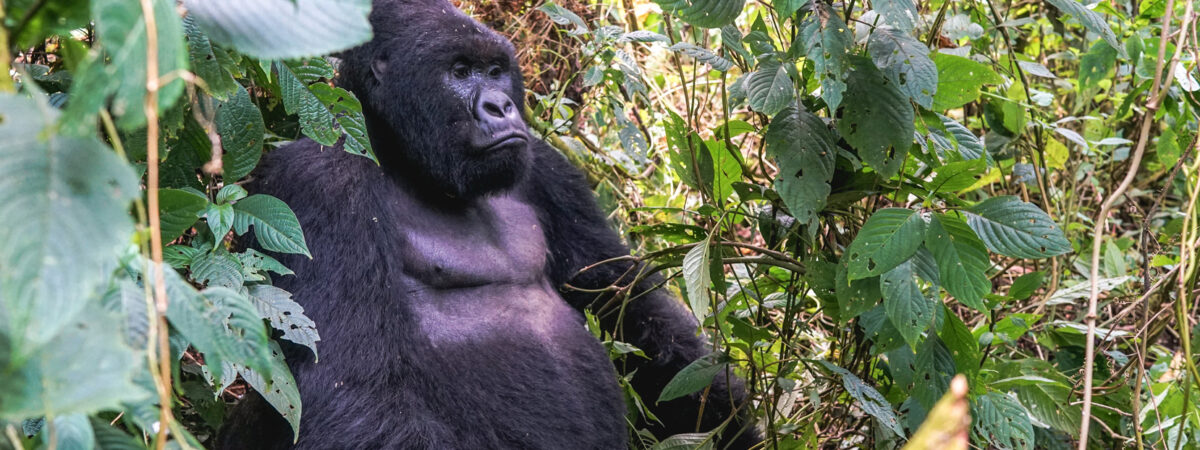Nestled in the lush hills of Rwanda’s Northern Province, Musanze offers culture, history, and natural beauty. From stunning lake views to the traditional dance performances of its people, this charming destination provides a glimpse into a vibrant way of life. And with an emphasis on responsible travel, Musanze maintains a delicate balance between tourism and conservation; here, adventure meets sustainability the African way.
~ This guide is a collaboration between local expert Greg Bakunzi and frequent visitor Susan Onyango ~
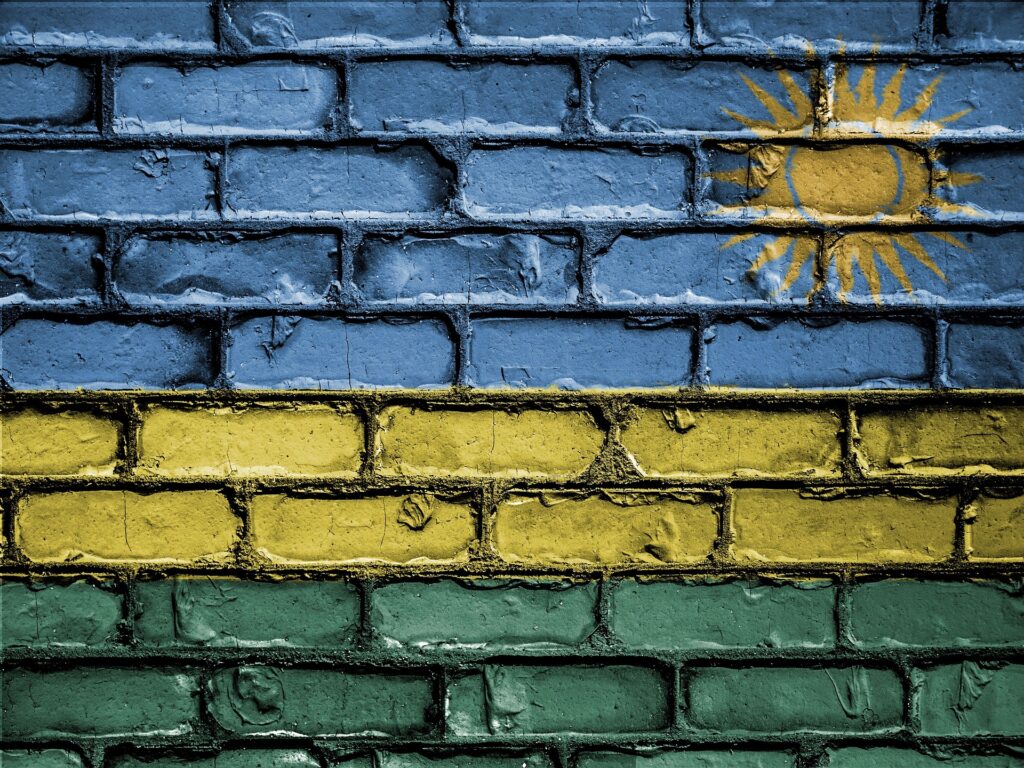
Upon Arrival
After a visitor arrives in my city, I always recommend going straight to Red Rocks, an intercultural exchange center and home to authentic community tourism, which offers a range of accommodation options from traditional Rwandan huts to more modern lodges. Here, visitors gain a deeper understanding of the culture and natural beauty of the country. Additionally, its proximity to Volcanoes National Park and a range of outdoor activities makes Red Rocks a convenient and exciting destination.
The best time to be here is during the dry season (mid-May to mid-October and mid-December to mid-March), also known as Gorilla Trekking Season. That’s when the weather is typically sunny and dry which makes it perfect for outdoor activities like hiking, and the gorillas tend to be more active during this time of year. Also, trails are less muddy and easier to navigate.
I tell first-time travellers to learn basic Rwandan statements such as ‘muraho’ (hello), ‘murakoze’ (thank you), ‘mbabarira’ (sorry) and ‘murabeho’ (goodbye) among other simple phrases. I also advise them to avoid any intrusiveness or sensitive questions, especially queries regarding the genocide and its cause, or asking which tribe an individual hails from.
People from here know better than to wake up to a lazy morning. Instead, they would rather go to their farms and till amidst rough volcanic pebbles embedded in the rich red soil that yields food baskets for their loved ones.
The best museum to start your journey and get a good sense of this city is the Dian Fossey Gorilla Museum — named after the American primatologist and conservationist — because it’s dedicated to conservation of the mountain gorillas in the Volcanoes National Park, home to around half of the world’s population of these endangered primates. Here, you’ll learn about the history of gorilla conservation efforts in Rwanda, the current state of conservation, and the importance of protecting these incredible animals.
Parents should take their kids to Iby’Iwacu Cultural Village because it’s perfect for families and provides an immersive experience for learning about Rwandan culture, history and traditions. Children can participate in traditional dances, try on traditional clothing, and learn about local customs such as basket weaving and cow milking.
Food from the Heart
Among the dishes my city is most proud of, isombe, a traditional Rwandan dish made from cassava leaves and spinach, is an absolute must. Cooked with onions, garlic, and tomato, it’s usually served with a side of rice or ubugali (a starchy porridge made from maize flour). To really enjoy it, I like to go to Abana Club, located about 1.5 km from Red Rocks.
When we get together to celebrate the harvest festival or just meet up with friends, urwagwa (a local brew made from bananas) is what people here traditionally drink. I like to gather my friends and go to Iby’Iwacu Cultural Village for a round of urwagwa and other traditional drinks while enjoying the live performances of traditional music and dance.
When I eat completely local, I go to Volcana Lounge restaurant where I not only support a local business but also encourage the local economy. Usually frequented by locals, it provides a window onto Rwandan culture and daily life. I know the food here is honestly made, using locally sourced ingredients and traditional cooking techniques.
Another two classic, iconic restaurants include La Paillote, popular for French and Belgian cuisine, and Hotel Muhabura which offers a variety of Rwandan and international dishes served up by exceptionally friendly staff.
The part of town where locals come for traditional food is the marketplaces, small local restaurants and cafés to enjoy traditional Rwandan food, including dishes such as isombe, ubugali, nyama choma (grilled meat), and brochettes (skewered meat).
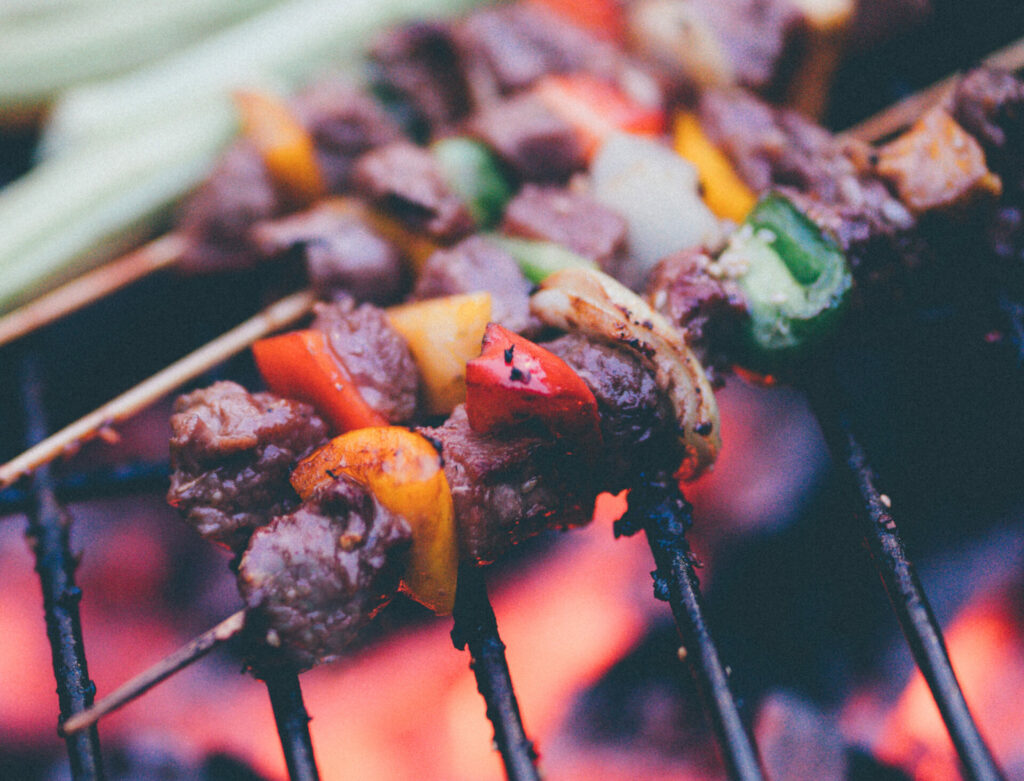
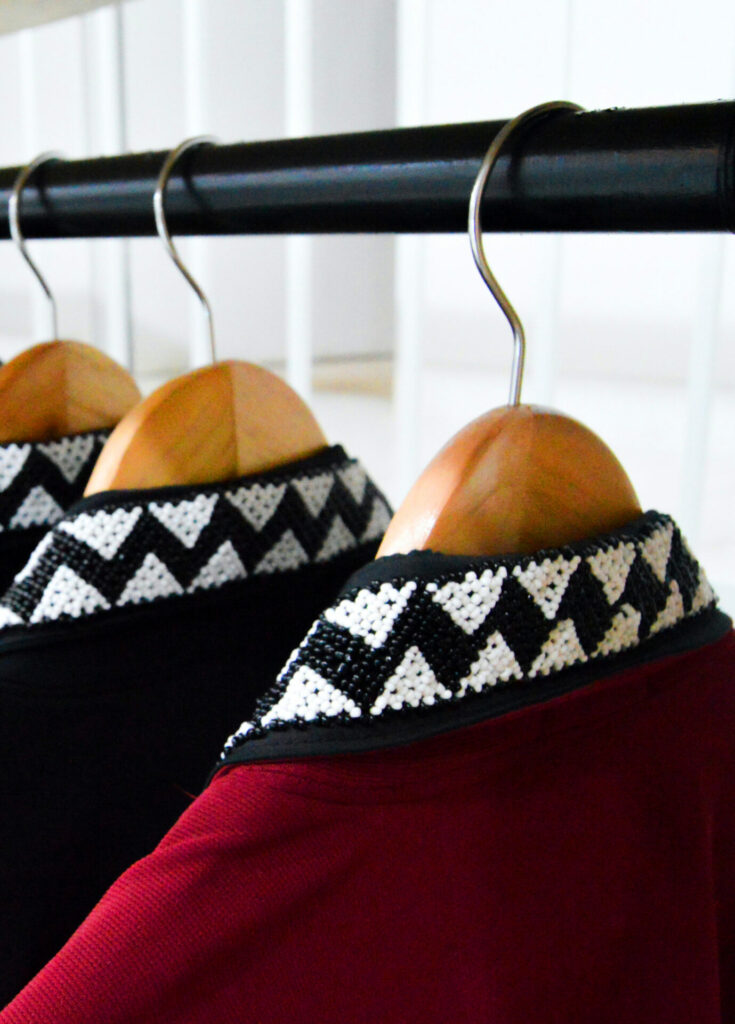
Shopping Locally
My city is known for making a variety of unique traditional handicrafts that are great for souvenirs and gift giving.
The best food market is Musanze Central Market. And the best market to buy everyday items like high-quality handmade crafts is Red Rocks Art Center which is not only a shopping destination, but also a community project committed to promoting sustainable tourism and empowering local artisans.
To buy real, local souvenirs I always take visitors to the stalls with a range of paintings, sculptures, textiles and other artwork depicting cultural themes. The products are handmade by local artisans and the vibe is warm and genuine as they take pride in preserving and sharing traditional techniques and designs. And we know to avoid street vendors because they may sell counterfeit or low-quality goods.
Getting Deeper Into Musanze
A great book to learn more about my city is Rwanda – The Bradt Travel Guide by Philip Briggs, the world’s leading writer of guidebooks for and about Africa.
Most people know about Volcanoes National Park, but Karisoke Research Center, established by Dian Fossey and dedicated to the study and conservation of mountain gorillas, should also be a must-see because visitors get to learn about Fossey’s work and the ongoing efforts to protect mountain gorillas.
My city is a place people are attracted to because of its unique combination of natural beauty, cultural experiences, outdoor activities, history and heritage… and the annual Kwita Izina gorilla naming ceremony that now lasts a whole week!
Most people think of my city as a place to stop over near Rwanda’s capital city, but really this is a destination to experience the great ambiance, the culture, community-owned lodges and eco-tourism initiatives that provide sustainable tourism opportunities while supporting local communities.
This is one of the best places in the world to experience gorilla trekking. Locals are proud of that because it has brought economic benefits to the area while also contributing to the conservation of these remarkable animals and their habitat.
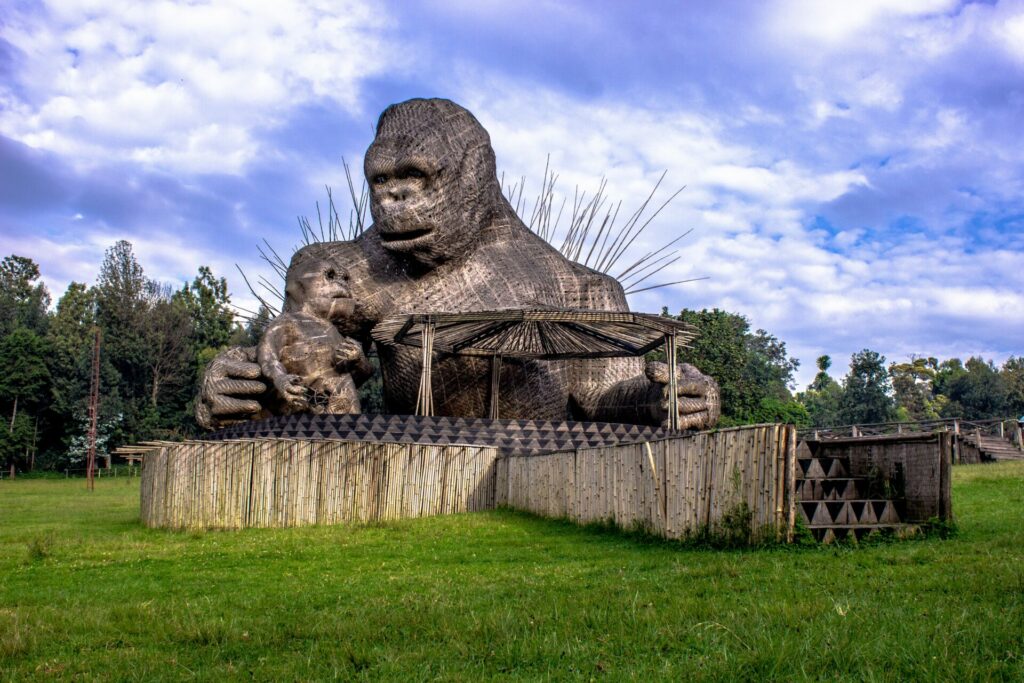
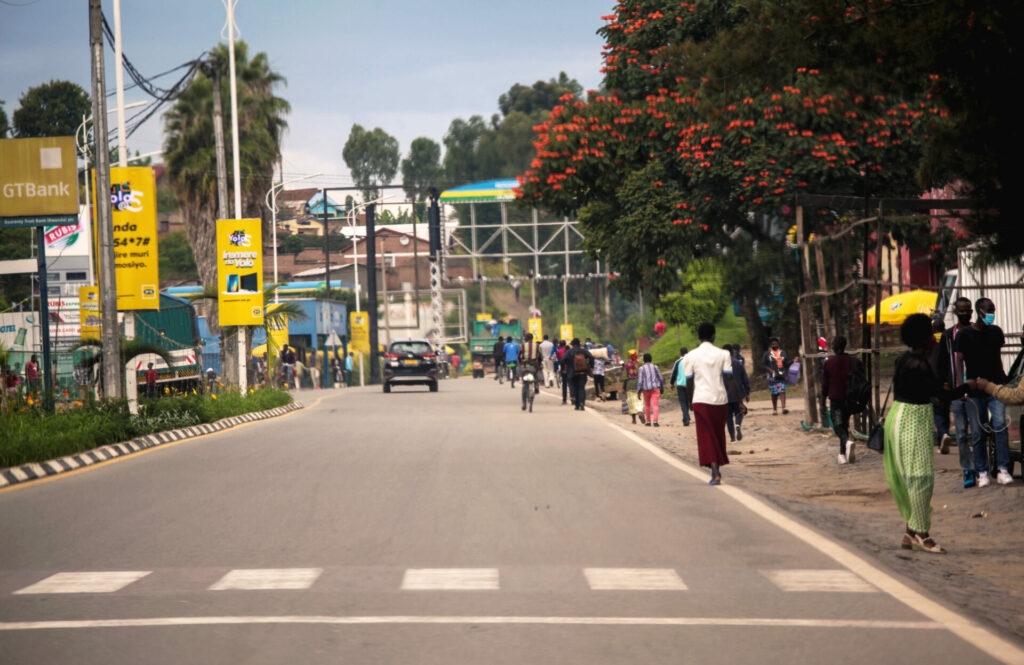
Getting Around Musanze
One thing you should know about getting around my city is that you can walk safely and freely in any part of the country, day or night, as Rwanda is ranked as the safest country in Africa.
The best way to travel in my city to have as little impact as possible is through walking or cycling.
Luckily this method of transportation also allows me to exercise and stay healthy while getting where I need to go and fulfilling my travel experience.
Outside The City
To get away and into the outdoors, I like to nature walk in the foothills of the Virunga Mountains which also provides me with an opportunity to spot other animals such as golden monkeys, chimpanzees and birds.
For a day trip just beyond my city, I like to visit the Twin Lakes of Burera and Ruhondo, located about 20 kilometres north of Musanze. These two lakes offer breathtaking views of the surrounding hills and volcanoes and are also home to a variety of bird species.
Many people will head to Volcanoes National Park because of its popularity, but locals know not to miss a visit to Kinigi Cultural Village located about 10 minutes from the entrance to the National Park, where they go to enjoy traditional music, dance and cuisine.
I really enjoy the view of my city from the top of peaceful Mount Bisoke, also located in Volcanoes National Park. Last erupting in 1957, the peak offers stunning panoramic vistas of its crater lake and the neighbouring area.
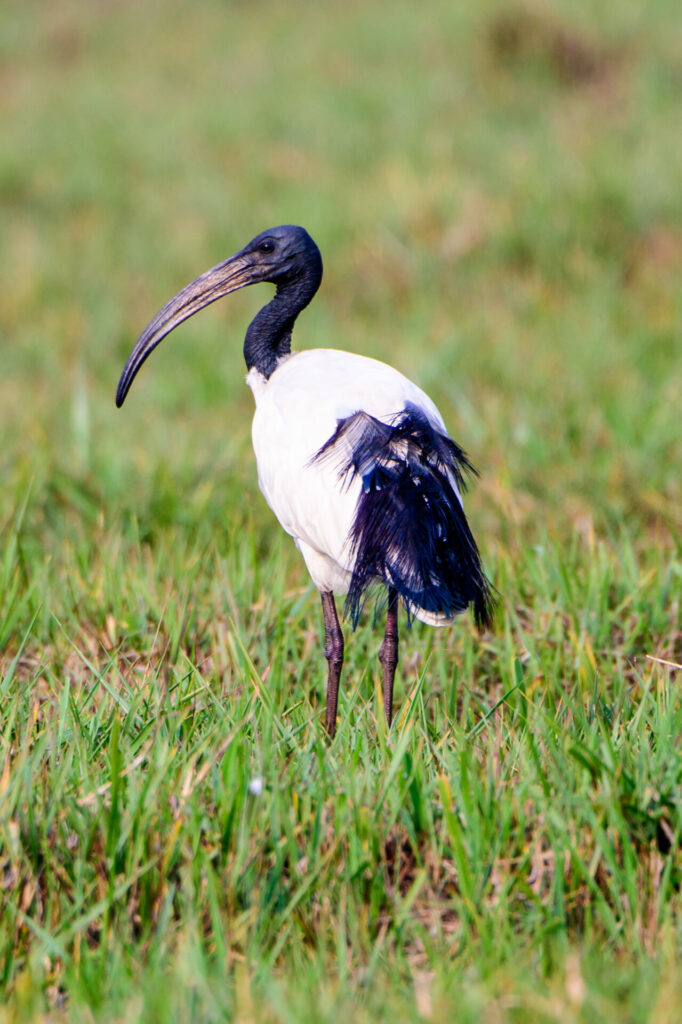
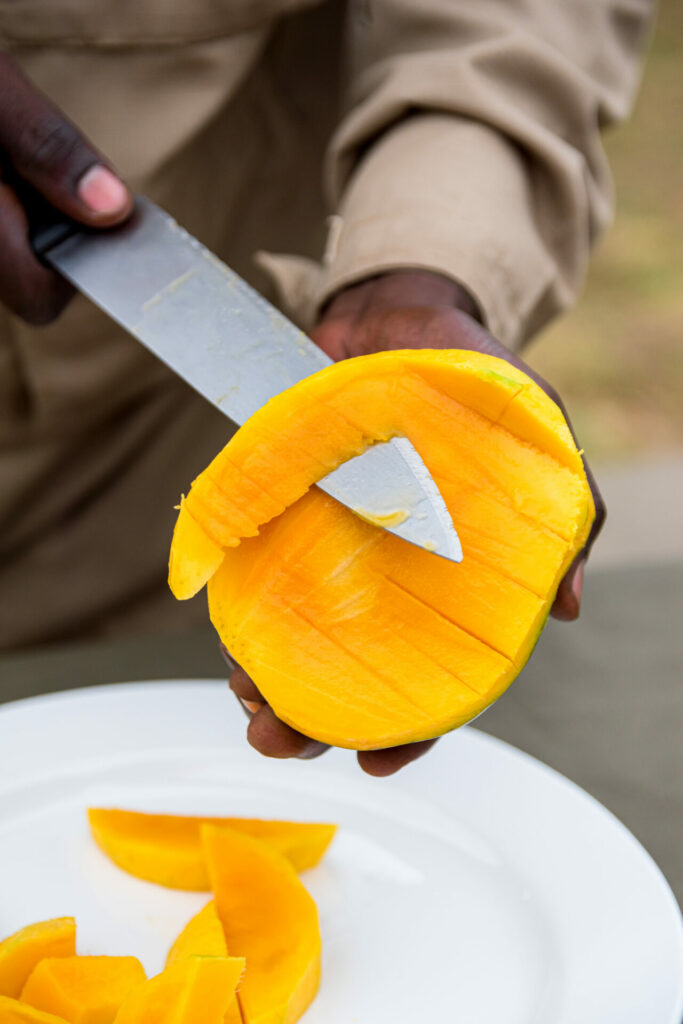
Connecting with Locals
When I want to have fun and celebrate being out in my city, I attend a cultural performance, a great way to connect with the locals. Musanze has a rich cultural heritage, and there are often performances of traditional music, dance, and storytelling.
To hang out with my friends and go to a real insider spot, I go to Birwa Island on Lake Burera, where there’s a small community of people who have a cultural tradition of making pottery using traditional methods. Here I can take a boat ride to explore the island’s rugged shoreline and hills and take in the view of the lake and mountains. This is also a great place to see some of the local birdlife including kingfishers, as well as watching local potters at work and even trying your hand at making a pot.
The best resources for finding out what’s going on around town (events) is the official website of the Rwanda Development Board and its tourism site, Visit Rwanda, where visitors can find a comprehensive list of events and activities taking place in and around Musanze, as well as throughout the country.
When I want to enjoy my city without spending much (or any) money, I take a city tour on foot lasting about two hours. I start with browsing the stalls of the city markets to check out the local art, fabrics and decor. I continue onward, sampling the local food and fresh fruits while enjoying the lively atmosphere. I finish with a visit to Nkotsi Village located at the base of Mount Muhabura. The village is home to a number of community projects, such as a women’s sewing cooperative and a beekeeping programme. Visitors can learn about these initiatives and support them by purchasing locally-made crafts or honey.
Kinigi Village is my first choice for music or when I feel like dancing because of its unique presentation of music and dance styles deeply rooted in Rwandan culture. The music is characterized by its use of traditional instruments such as inanga (a traditional harp), umuduri (a traditional drum) and ikembe (a thumb piano).
Finding Solitude in Musanze
When I want to go somewhere to sit and relax near my incredible city, I go to Lake Ruhondo especially during the early mornings or late evenings to relish the sight of the crystal clear water reflecting the lush vegetation and hills.
The place that makes me proudest of my city is Volcanoes National Park because it’s been a major conservation success story, with the mountain gorilla population increasing over the past few decades. This is largely due to the efforts of conservation organisations and local communities who have worked together to protect the gorillas and their habitat.
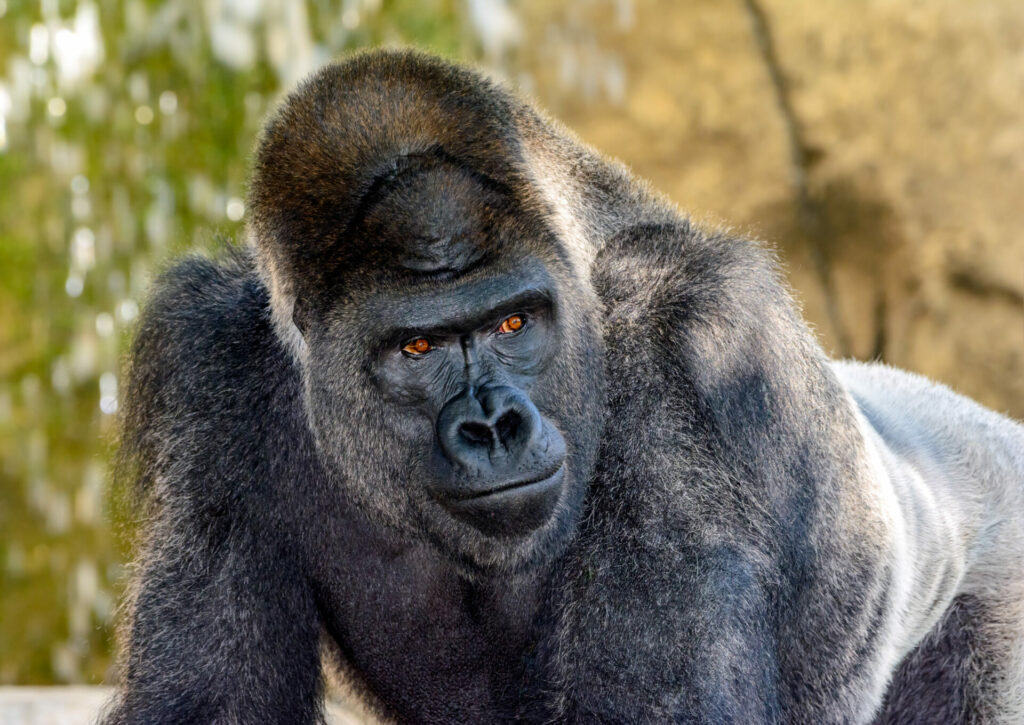
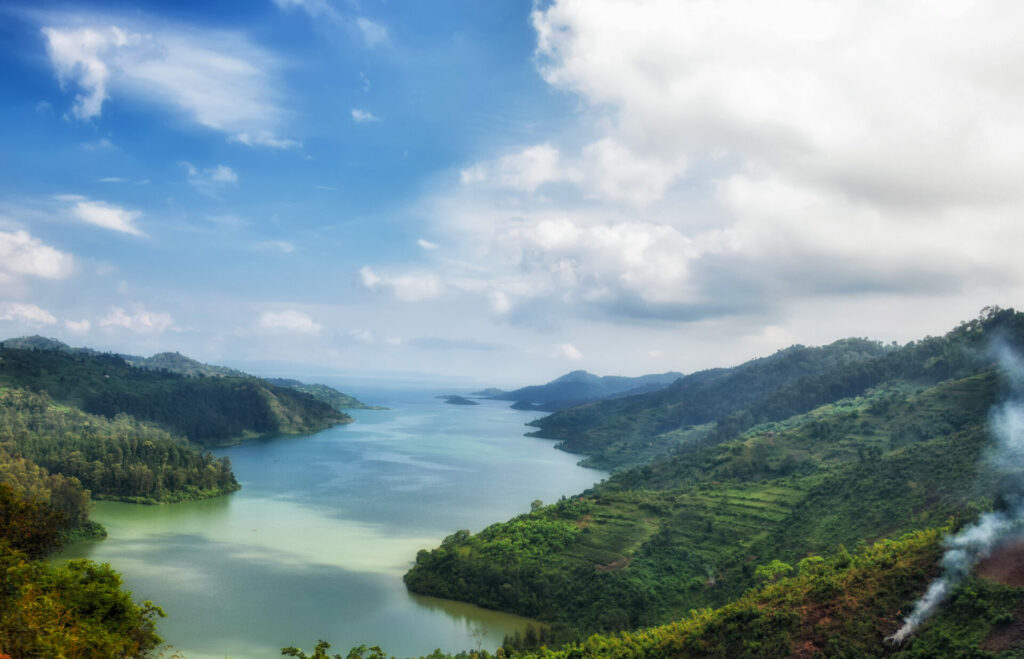
When the Seasons Change, This City Shines
The rainy season (March to May, October to November) is the best time to visit the natural hot springs located near Musanze. The warm water can be especially soothing on a chilly, rainy day. I always recommend visitors carry water-proof and breathable rain jackets and shoes at this time of year, and fast-drying clothing — whatever the season, the right clothing and gear will help them to stay safe, comfortable, and healthy while exploring this beautiful region.
The dry season (June to September and December to February) here is magical when you explore the Musanze caves as the water levels are lower and the caves are easier to navigate. It’s also a great time to take a day trip to Lake Kivu where you can swim, relax on the beaches, and enjoy the lovely scenery of the lake and the surrounding hills.

